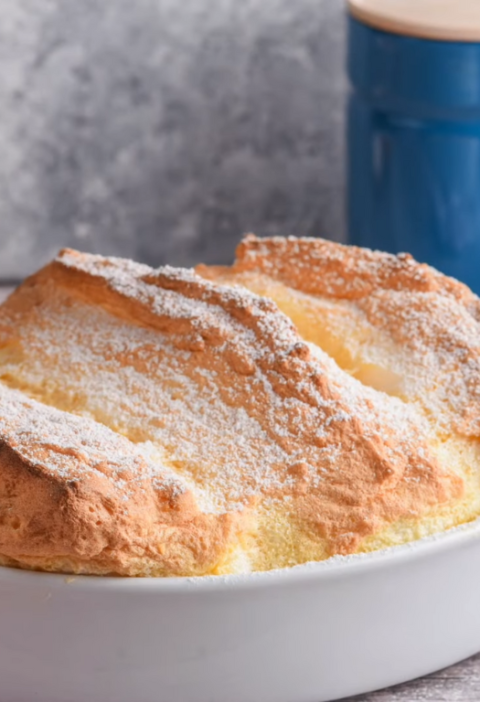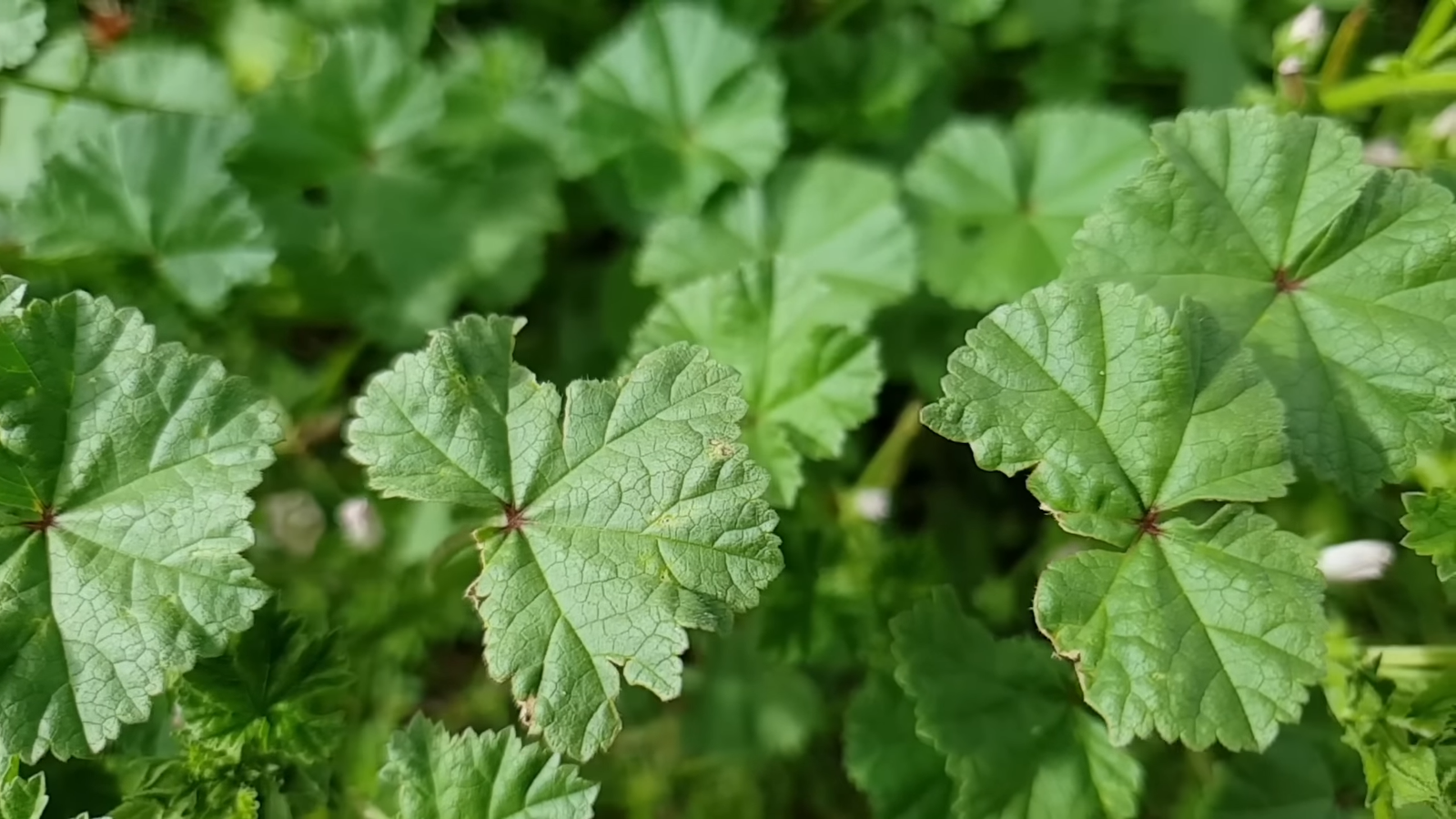Polymer clay is a fascinating material that offers a multitude of creative possibilities. To bring your polymer clay creations to life, it is essential to master the techniques of baking and finishing. In this article, we reveal practical tips and expert advice to achieve flawless results. Whether you are a beginner or experienced, these techniques will allow you to elevate your creations to the next level and create unique and beautiful pieces.
The steps for baking polymer clay:
1. Prepare the baking surface.
2. Arrange the clay creations to be baked.
3. Open the window while preheating the oven.
4. Once the oven reaches 110°C (230°F), set the timer for 30 minutes.
5. Place your tray with the clay creations in the oven.
6. Once the 30 minutes have passed, immediately remove the tray from the oven.
7. Leave the oven door and window open to allow for ventilation.
8. Remove the baked items from the tray to prevent them from continuing to bake, as they will do so as long as they are in direct contact with it.
9. You’re done! Let the creations cool, then clean the Fimo objects with clear water if necessary.
Recommended temperature and time for baking polymer clay:
The recommended temperature for baking polymer clay is typically between 110°C and 130°C (230°F to 266°F), but it may vary depending on the brand and type of polymer clay.

As for the baking time, it’s generally 30 min but it can range from 15 minutes to 1 hour,depending on the thickness and size of the clay creations. It’s important to refer to the specific instructions provided by the manufacturer of the polymer clay you are using for the precisetemperature and baking time guidelines.
It is extremely important to avoid exceeding the recommended baking temperature indicated on the packaging, as it can lead to the release of toxic fumes and result in a brownish color on the polymer clay.
Additionally, the creations may not withstand the high temperature. If this occurs, immediately stop the baking process, open the oven, and ventilate the room to eliminate any smoke or fumes.
Which type of oven for baking ?
You can use a conventional household oven to bake polymer clay creations. Just make sure to follow the specific temperature and baking time recommendationsfor your brand of polymer clay.
It is preferable to use an electric oven rather than a gas oven. Electric ovens provide more precise temperature regulation, which is essential for achieving optimal results when baking polymer clay.

The best support for baking polymer clay:
is Parchment Paper (baking paper), which you will place on a metal baking sheet. Your baking sheet should be impeccably clean and smooth. If it is not and has scratches, for example, they could be imprinted on your creations as clay softens during the beginning of the baking process.
Various problems can arise from improper baking:
– A fragile and brittlel product.: Insufficient baking time or temperature can result in the clay not fully curing. This leads to a weak and brittle final product that is prone to breakage.
– Color Distortion: Incorrect baking temperatures can cause the clay to change color or become discolored. This is especially true for certain brands or types of polymer clay that are more sensitive to heat.
–Cracking: Rapid temperature changes or excessive heat can cause the clay to crack during or after baking. It is important to follow proper baking procedures to prevent this issue.
– Burnt or Darkened Surface: Overbaking the clay can result in a burnt or darkened surface, giving an undesirable appearance to the finished piece.
–Toxic Fumes: As mentioned earlier, exceeding the recommended baking temperature can release toxic fumes from the polymer clay. These fumes can be harmful if inhaled, so it is essential to bake clay in a well-ventilated area and strictly adhere to the instructions.
To avoid these problems, it is important to carefully follow the manufacturer’s instructions regarding baking temperature and time for the specific brand and type of polymer clay being used. Additionally, using an oven thermometer can help ensure accurate temperature control.
Cooking and finishing polymer clay creations are crucial steps to achieve professional results. By following these tips and exploring different cooking and finishing techniques, you will be able to create unique and beautiful pieces. Do not be afraid to experiment and unleash your creativity. With a little practice and these tips, you will be able to enhance your creations and express your personal style through polymer clay.







